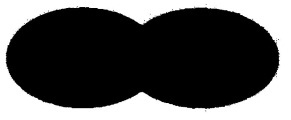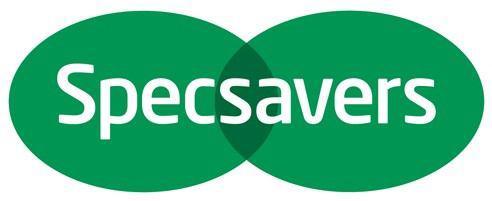Specsavers v ASDA returns to Court of Appeal
We reported the Court of Appeal's decision on this case in February 2012 and the Court of Justice of the European Union's (CJ) response to the Court of Appeal's questions was confirmed in our article in September of last year.
The parties have now reached a settlement, but the case has returned to the Court of Appeal, specifically in relation to Specsavers' Community trade mark registration no. 1358589, referred to as the "wordless logo".

This mark is registered on the Community Trade Marks Register without reference to colour and therefore has been considered to cover all colours (although to what extent this remains an accurate assumption following OHIM's Common Communication on the Common Practice of the Scope of Protection of Black & White Marks remains unclear. ASDA had applied to revoke the registration on the ground of non use and, in defence of the registration, Specsavers showed use of the Specsavers logo described as the "shaded logo" mark.

At the first instance, Mann J. decided that use of this shaded logo could not be relied upon to support the registration of the wordless logo.
On appeal, questions were referred to the CJ to enable the court to make a decision as to whether genuine use had indeed been made, as follows:-
"1. Where a trader has separate registrations of Community trade marks for
(i) a graphic device mark;
(ii) a word mark;
and uses the two together, is such use capable of amounting to use of the [figurative] mark for the purposes of Articles 15 and 51 of Regulation 207/2009? If yes, how is the question of use of the graphic mark to be assessed?
2. Does it make a difference if:
(i) the word mark is superimposed over the [figurative element]?
(ii) the trader also has the combined mark comprising [the figurative element] and [the] word mark registered as a Community trade mark?
3. Does the answer to [the first and second questions] depend upon whether the graphic device and the words are perceived by the average consumer as [on the one hand] being separate signs; or [on the other hand] each having an independent distinctive role? If so, how?"
The CJ noted that the presence of the word Specsavers on the wordless logo did effectively hide part of the mark but, applying the regulation, it decided that genuine use could be considered to have been made if the form in which the trade mark had been used did not change the distinctive character of the mark as registered. We already know from other cases, including Colloseum Holding AG v Levi Strauss & Co, that where a trade mark is used as part of a composite mark, that use can be considered genuine as regards both marks.
It was relevant to consideration of how the wordless logo had been used that the CJ had determined that, in carrying out a global assessment of the likelihood of confusion between a sign used by the defendant and the mark as registered by the claimant, how the claimant has used its earlier trade mark, in particular in what colour or combination of colours, can be taken into account.
In this decision, it was therefore confirmed that when considering whether the form in which a trade mark is used changes the distinctive character of the mark as registered, it is relevant to take into account whether or not the mark has always been used in a specific colour and how that affects the perception of the consumer. The judge made the comment that "use by Specsavers of the Shaded logo mark does not seem to be a very promising basis for an argument that they have also used the Wordless logo mark". However, he acknowledged that it was necessary to examine all of the use that had been made of the shaded logo mark as well as the perception of the consumer. The evidence of use enabled the court to conclude that use of the shaded logo did constitute use of the wordless logo as use of the shaded logo mark still enabled the consumer to identify the wordless logo as an indication of origin. The evidence showed that the consumer (and indeed ASDA) accepted that the wordless logo identified Specsavers. The consumer did not see the wordless logo merely as a background of the trade mark Specsavers and the form in which the wordless logo mark was used was not considered to alter the distinctive character of the mark as registered.
This decision is obviously very good news for Specsavers and is consistent with other decisions referring to use of marks as part of composite marks (referenced above in connection with the Colloseum case). However, the registrar, appearing as an intervener in this case, pointed out that each case must be decided upon its own facts and, in this particular case, the strength and relevance of the evidence filed by Specsavers was clearly an important factor.
Brand owners cannot now assume that other cases featuring an image such as the wordless logo would be decided in a similar way; as ever, collation and retention of appropriate evidence of use remains of key importance.
OHIM (pdf) link: https://oami.europa.eu
